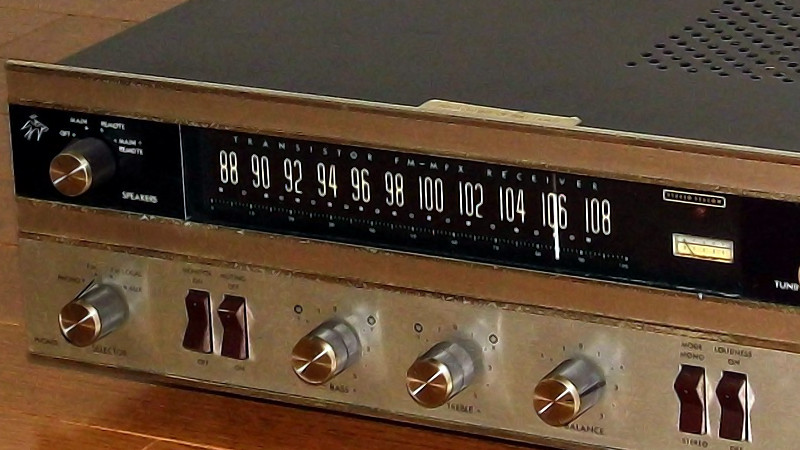NRSC-5 is a high-definition radio standard, used primarily in the United States. It allows for digital and analog transmissions to share the original FM bandwidth allocations. Theori are a cybersecurity research startup in the US, and have set out to build a receiver that can capture and decode these signals for research purposes, and documented it online.
Their research began on the NRSC website, where the NRSC-5 standard is documented, however the team notes that the audio compression details are conspicuously missing. They then step through the physical layer, multiplexing layer, and finally the application layer, taking apart the standard …read more
 Continue reading Decoding NRSC-5 with SDR to Get In Your Car→
Continue reading Decoding NRSC-5 with SDR to Get In Your Car→
